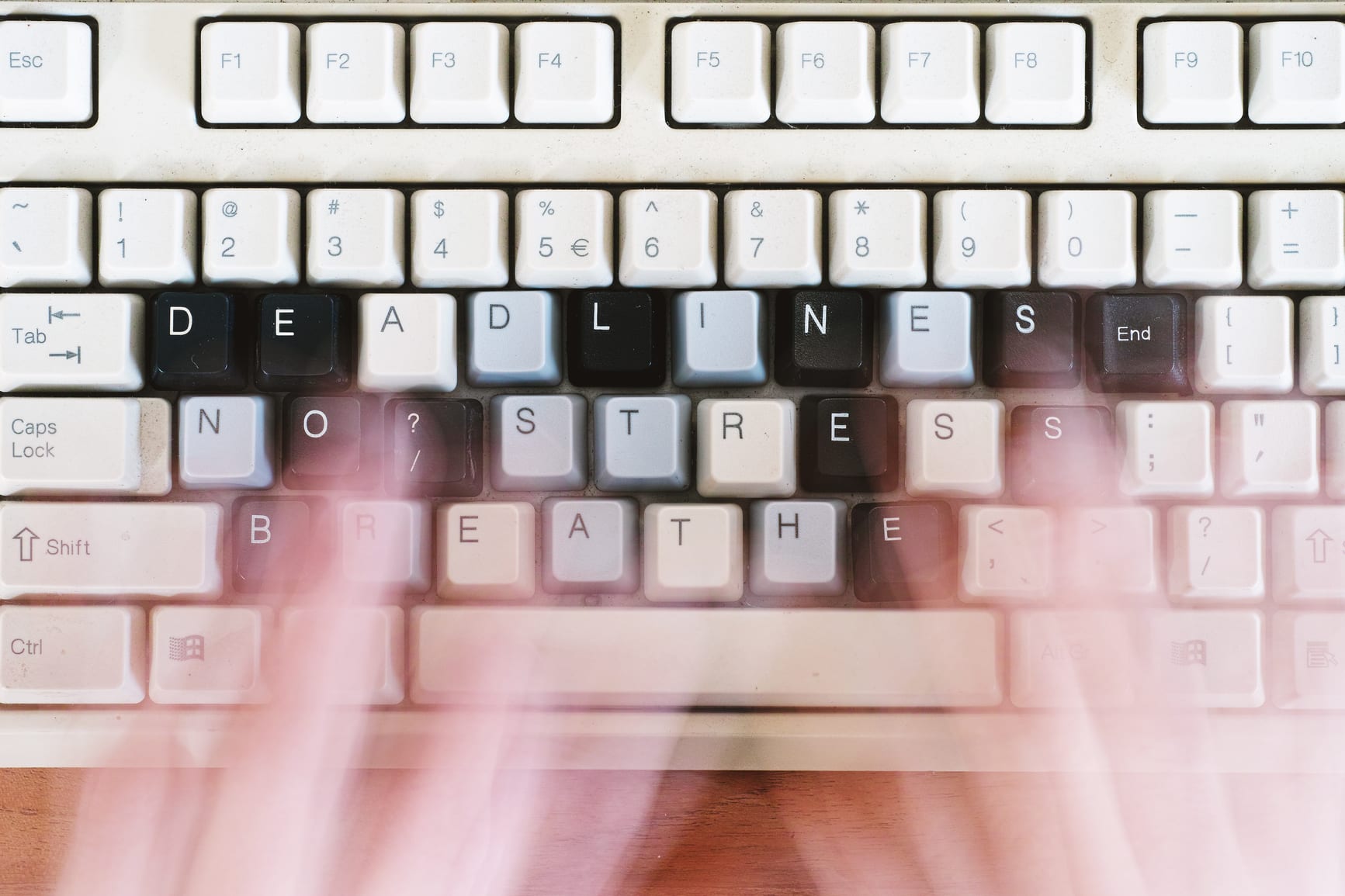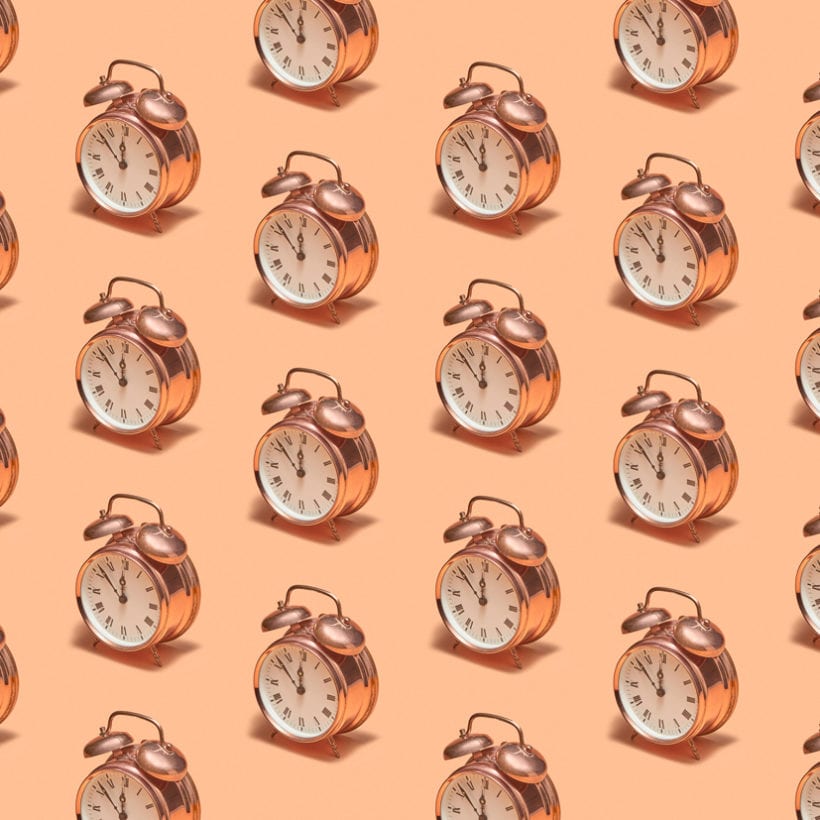If you find yourself — like clockwork — feeling sluggish and reaching for a cup of coffee at 3 p.m. to power through the day, it could be a sign that you’re a good candidate for a wellness trend that’s growing in popularity: intermittent resting.
You might already be familiar with circadian rhythms (your body’s internal process that regulates your once-daily sleep-wake cycle, which repeats about every 24 hours). But there are also shorter 90-120-minute oscillations of ultradian rhythm. “In other words, they’re the shorter fluctuations of all physiological processes which are built into the 24-hour cycle,” says Dr. Nerina Ramlakhan, a physiologist. Each day has peaks and troughs, points in which we feel tired, others when we feel energized, and the ultradian rhythms play a part in affecting this. Other examples of ultradian rhythm include your digestion process and your REM cycle when you sleep. 
Similar to the idea of intermittent fasting where you cycle between periods of eating and resting, intermittent resting involves taking a 15-20 minute break after your body’s natural cycle of productivity according to your ultradian rhythms. Why is 20 the magic number for rest? It’s because intermittent resting mirrors the same active/rest cycle in your waking day just as you do in your sleep: “You average a 20-minute dream period every 90-120 minutes when you sleep at night,” says Nahid De Belgeonne (@thehumanmethoduk), founder of The Human Method™, a mind-body practice.
From your nervous system to your immune system, anything that contributes to your mind and body functioning properly needs to recalibrate from being active and alert, says De Belgeonne. Skipping breaks can lead to stress and exhaustion. The goal of intermittent resting is to give your body and mind several chances throughout the day to process information and regenerate so you can improve your overall productivity, performance, stress level and nighttime sleep.

Why Should I Try Intermittent Resting?
“Since the industrial age we’ve been ignoring [our body’s] natural rhythms,” says De Belgeonne. One of the biggest challenges of the pandemic is the disruption it’s caused in our day-to-day lives. On top of that, we don’t have the typical stress management tools (like hitting the gym) that we normally have.
We’re increasingly more disconnected from our natural rhythms. There’s pressure for people to make the most of the “downtime” during the pandemic by picking up new skills or crossing off everything on our to-do lists. Work-life balance is even harder to achieve when we’re working at home since technology makes us reachable at any hour and it’s difficult for people to know when to “clock off” when we don’t need to physically leave our workplace. “There are less periods of time than ever where we are doing something mindless,” says De Belgeonne. “We’re always pushing faster and longer but unlike a machine, we can’t just go on and on.”
This is where intermittent resting can help prevent burnout during these challenging times. “Working hard all week and resting at the weekend doesn’t work. The body and mind need time each day to download and refresh,” says De Belgeonne. 
Observing these 20-minute resting points to step away from what you were working on will mean you can return to it with energy and focus again. It will also help tackle the build-up of stress and boost sleep quality. When the body suffers stress, cortisol — the “fight or flight” stress management hormone — spikes. Following this, it needs to rest, digest and repair. “That process needs to happen throughout the day, not just when we are sleeping,” says De Belgeonne. In a similar vein, the brain must be allowed the time to process information. “Every time we take a break it gives the brain the opportunity to process and file information so there’s less work for your brain to do at night,” says Ramlakhan. The less work the brain has to do at night, the quicker it can fall asleep.
If we work day in, day out at a level of consistent output and high stress, we don’t just run the risk of bad quality sleep, but being burnt out too. “You can become chronically stressed which in the long-term can bring a lot of other health complications, both mental and physical, and in serious cases may lead to burnout,” says Dr. Lucy Tinning, a clinical psychologist. “Rossi termed this the Ultradian Stress Response,” she added.
How Do I Do It?
Give your body three or four 15-20 minutes breaks throughout your day to rest, ideally after every 90-120 minutes periods of activity. Use this time to assess how your day is going so far and what you want to achieve moving forward.
Even if you’re working from home, when you’re in back-to-back meetings it might seem impossible to take several 20-minute breaks throughout the day. You’ll be surprised to find that if you really want to commit to it, there’s usually a way to work it in. Build it into your work calendar so people don’t schedule over your time. “It’s about prioritization and simply doing the best we can. If you absolutely can’t afford the 15 minutes, even a couple of minutes of rest can make a difference,” says Dr. Deanna Minich, a nutritionist, researcher and author.
So what actually counts as rest? The key to maximizing these breaks is getting away from devices like your phone or the television. “We are bombarded with the equivalent of 34GB of information each day,” says De Belgeonne. The effect of this information overload is that it interrupts our focus and our ability to truly digest information.
If you have the luxury of being at home with a somewhat flexible schedule, go ahead and take a nap (make sure to cap it at 20 minutes or you’ll feel groggy when you wake up — not energized). But intermittent resting doesn’t just have to be about physical sleep. The key is that you’re doing a mindless task where you don’t have to process new information and limiting your intermittent resting activities to 20 minutes per session.
You can also try to:
- Go for a walk outside (the fresh air and movement is a powerfully restorative combination)
- Walk around the office and catch up with a colleague or friend
- Meditate (you can use an app like Calm that can guide you through a 10-minute session)
- Volunteer to do a coffee run for your co-workers or your partner if you’re working from home
- Wash laundry (though chores like this aren’t our favorite ways to “rest,” as long as it’s a mindless activity, it counts)
- Tidy the bedroom

“Activities that don’t qualify as rest is watching TV or listening to something harrowing on the radio,” says De Belgeonne. The idea is to unplug, if possible. Below, she provides a sample schedule of someone applying intermittent rest to their life:
7 a.m. Wake
9 a.m. Start work
11 a.m. First 20-minute break; take a tea break
1 p.m. Second 20-minute break; get outside and eat lunch
3 p.m. Third 20-minute break; chat with a friend
5:30 p.m. End work
To be realistic, sometimes there’s not much time to step away from your computer with a lot of jobs. “When it comes to being at home and being in meetings, you can adjust the light of our computer screens or the lighting around us to make it softer. You may even want to do audio meetings rather than video to enable ourselves to get a break from screen time and be able to walk around while talking,” says Minich.
To see if it works for you, try it for a month and record both your sleep and productivity in a journal. On that note: Is it time for a quick break?
With additional reporting by Christa Lee.
We only recommend products we have independently researched, tested, and loved. If you purchase a product found through our links, Sunday Edit may earn an affiliate commission.







